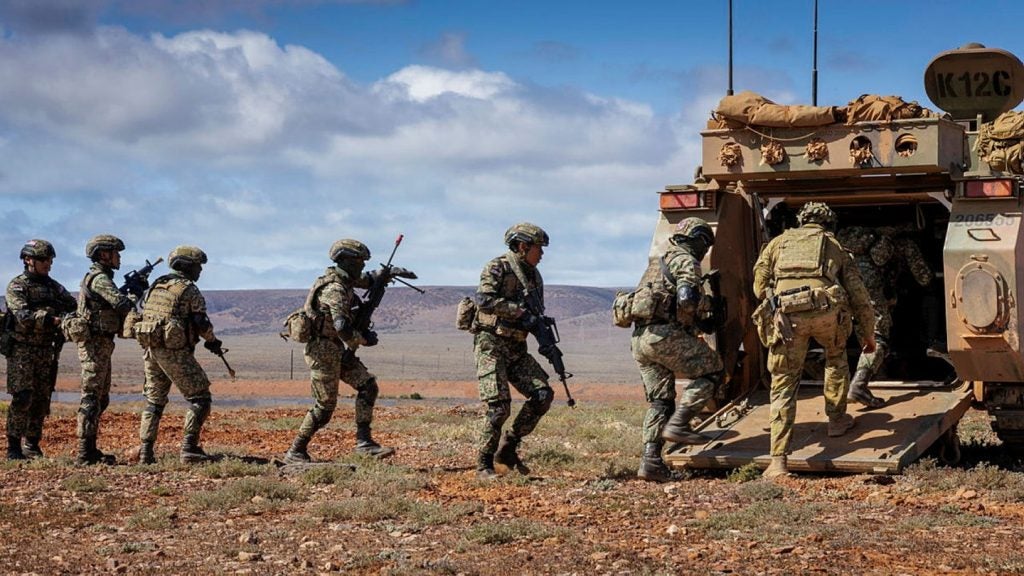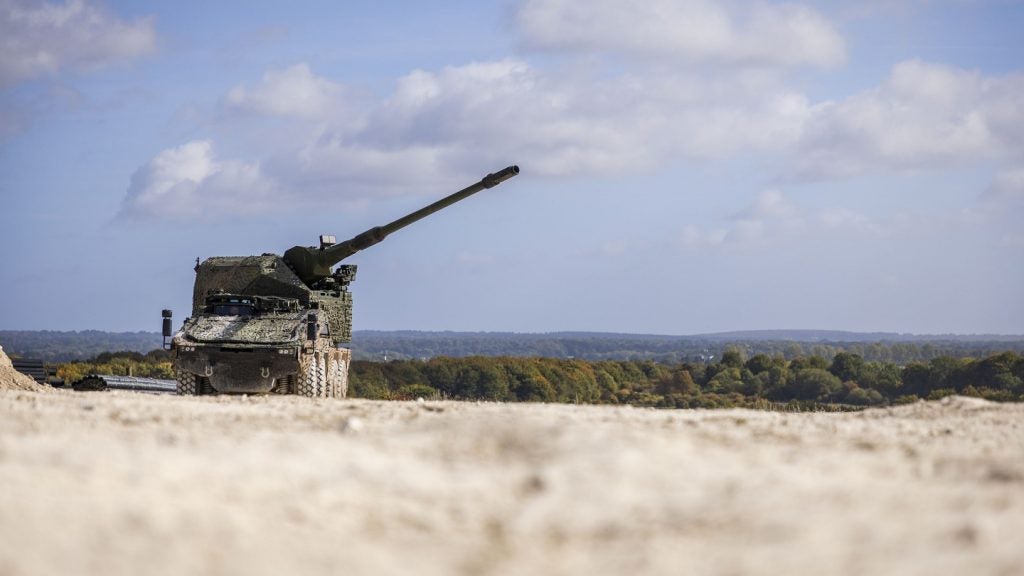Military ammunition includes ammunition for weapons, such as small arms, machine guns and mortars.
Ammunition can be fired, dropped or detonated from weapons systems, depending on the type.
Armed forces can launch lethal strikes on enemy troops and assets, including stationary or mobile armoured vehicles, using advanced ammunition.
Part of ammunition hardware, a fuse is used to activate the warhead mechanism when a target is encountered in a combat scenario. It helps maintain the warhead in a safe condition until the weapon is launched and initiates the function to fire or detonate ammunition.
Leading military ammunition and fuse suppliers
Our team at Army Technology has listed some of the leading suppliers of military ammunition and fuses, based on its intel, insights and decades-long experience in the sector.
See Also:
The list includes suppliers of ammunition, fuses, ammunition components and military ammunition boxes.
Our rigorously researched and carefully compiled download document is useful for weapons manufacturers and operators, procurement officers, and any other individual involved in the acquisition and maintenance of military ammunition and fuses.
The download contains detailed information on the manufacturers and suppliers, as well as their products, services and contact details.
Industry leading military ammunition and fuses
With a vast range from which to chose, procurement processes can be complex.
Some of the current leaders for military ammunition, fuses and associated products include, but are not limited to:
- Small, medium and large-calibre ammunition
- Programmable ammunition
- Training ammunition
- High-explosive, incendiary and smoke ammunition
- Lead-free frangible projectiles
- Non-lethal ammunitions
- Armour-piercing ammunition
- Cartridges
- Shells for mortars
- Anti-aircraft missiles, anti-armour rockets
- Alloys for projectiles and ammunition core
- Electronic and mechanical fuses
- Barometric fuses and time fuses
- Seekers and proximity fuses
- Safety and arming devices for spin and fin-stabilised ammunition
- Electromechanical switches and clockworks
- Military ammunition boxes and ammunition components
- Ammunition links
FAQs
What types of military ammunition are available?
Military ammunition includes a wide range of options such as small, medium, and large-calibre rounds, anti-armour rockets, and anti-aircraft missiles. Additionally, there are special-purpose munitions like high-explosive, incendiary, and non-lethal rounds. Each type is designed for specific operational needs, ensuring compatibility with various military weapons systems.
How do fuses function in military ammunition?
Fuses are critical components that activate ammunition upon impact or proximity to a target. They ensure safe handling by keeping the ammunition dormant until the precise moment of detonation. Fuses come in various types, including electronic, mechanical, barometric, and proximity fuses, each offering different triggering mechanisms based on mission requirements.
What are programmable ammunition and its advantages?
Programmable ammunition allows soldiers to set detonation parameters before firing, enabling more precise targeting and maximising damage effectiveness. For example, programmable rounds can be set to explode in the air above enemy positions, enhancing tactical flexibility in combat. This reduces collateral damage and improves mission success rates.
What role do lead-free frangible projectiles play in military training?
Lead-free frangible projectiles are used in military training to provide realistic practice without the environmental hazards associated with lead-based ammunition. These projectiles disintegrate upon impact, reducing ricochet risks and allowing for safer indoor and outdoor training exercises. This type of ammunition is crucial for maintaining safety standards while offering effective marksmanship training.
How are ammunition components stored and transported?
Military ammunition and its components are stored in specialised military-grade ammunition boxes and linked systems designed to withstand rough handling and extreme environments. These boxes ensure the safety of the ammunition during transport and storage, protecting it from environmental factors like moisture and impact, which could compromise its performance in the field.






